#fishposts if you will
Explore tagged Tumblr posts
Text

why do I gotta hyperfixate on two loser fish smh …
#HENDJSAJ#I promise I’m still working on stuff#but its like I gotta fistfight myself to get shit done#ofc I happen to start this blog the moment my adhd med becomes unavailable for WEEKS#but thank you all sm for the support!#it seriously means a lot HDJD#soon I plan to do more expansions on the world and stuff#but until then#more low effort shitposts#fishposts if you will#fishposting#beryl shores#fnaf mer au#mer au#dca au#dca mer au#fnaf mermaid au#fnaf mermay#dca fandom
32 notes
·
View notes
Text

#saw#saw the musical#saw memes#saw 2004#saw franchise#james wilson#house md#house md meme#lawrence gordon#fishposting#yeah...#this has a really specific audience#hope this reaches the right people#no hate to real oncologists btw#keep on oncolloging i believe in you
2K notes
·
View notes
Text


1K notes
·
View notes
Text

Blorbo experiences grief for the first time as his hopes and dreams are crushed right in front of him
#aquarium#cute animals#fish#marine animals#pufferfish#blorbo#marine biology#funny#meme#cute#fishposting#fishblr#fishtank#grief#y’all know what i’m talking about#if you’re American anyways#hopefully this helps#at least a little bit#love you guys#stay strong
82 notes
·
View notes
Text
Wet Beast Wednesday: ocean sunfish
Everybody knows ocean sunfish, right? Those giant, slow, silly-looking, parasite-ridden morons that eat jellyfish and can't defend themselves from predators really are the worst fish right?

(GIF: Lex Luthor screaming "WRONG!" from the movie Superman Returns)
First of all there's no such thing as a "best" or "worst" animal and judging animals by human standards of what is cool or successful is silly because our standards are not even universal among humans, let along other species. Secondly, the closest thing we have to a way to judge a species is how successful it is in its niche and sunfish are doing pretty good, thank you very much. Today I'll be talking about sunfish and how they are not bad fish at all.
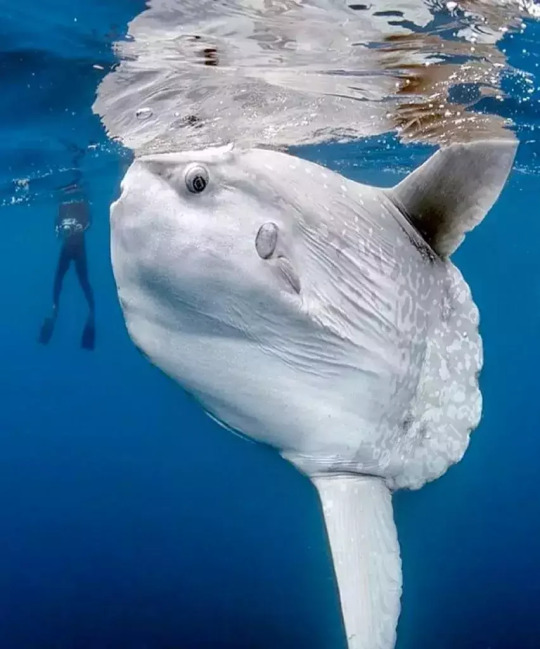
(Image: a Mola mola located near the surface of the ocean, with the tip of its dorsal fin and part of its head breaching the surface. It is a round fish with no tail, only a wrinkly region of its body. Its dorsal and anal fins are long and slender The eyes and mouth are proportionately small. It is a pale white with light grey spots. A SCUBA diver is visible in the background. End ID)
Ocean sunfish, or molas, are members of the family Molidae, which is divided into five known species across three genuses. Im mostly going to be talking about members of the genus Mola, but I'll mention the other two as well. Molas are known for their size and odd appearances, looking like someone chopped a fish in half and the front half went swimming off on its own. They are members of the order Tetraodontiformes, making them cousins to pufferfish, triggerfish, boxfish, and others. While many members of that order are known to be highly poisonous, molas are not. They also lack several other common traits. Despite being bony fish, most of the mola skeleton is made of cartilage and they do not have swim bladders, forcing them to actively swim to maintain their position in the water column. Instead of a tail and caudal fin, sunfish have a structure called the clavus. The clavus is formed mostly from connective tissue and is used as a rudder. Because the clavus is mostly made of connective tissue, damage to it is not particularly harmful to the fish. There have been molas found alive and well that have had portions of their clavus eaten by predators. Because of their shortened stature, molas have the fewest vertebrae of all fish. The dorsal and anal fins are elongated and are used to provide propulsion by flapping back and fourth similarly to how birds wings move, albeit slower. Minute alterations in the angle each fin moves through the water help with steering, while more sharp turns are aided with jets of water ejected through the mouth and gills. Like their other Tetraodintid relatives, mola teeth are fused together into a beak-like structure that prevents them from closing their mouths. They also have some more regular pharyngeal teeth in the backs of their mouths. Some reports say that the fish can make noises by grinding the pharyngeal teeth together. Mola skin is thick and rough, described as being similar to sandpaper in texture. Like most fish, the skin is covered in a layer of protective mucus.

(Image: a mola sunbathing. It is positioned with one side of its body facing the surface. Its body is just under the water's surface. End ID)
The three species in the genus Mola are Mola mola, the ocean sunfish and most well-known of the molas, Mola alexandrini, the giant, southern, or bumphead mola, and Mola tecta, the hoodwinker sunfish. Mola mola has an average weight of 247 to 1000 kg (545 to 2205 lbs), mouth to clavus length of 1.8 m (5.9 ft) and dorsal to anal fin length of 2.5 m (8.2 ft), though some individuals can get much large. The largest individual on record had a length of 3.3 m (10.8 ft), height of 3.2 m (10.5 ft) and weighed 2300 kg (5100 lbs). M. alexandrini is the largest of the species. The largest known southern sunfish measured in at 2744 kg (6049 lbs) and 3.25 m (10.66 ft) from mouth to clavus, making it the largest known bony fish in the world. They can be distinguished from M. mola by the presence of bumps on the forehead and chin, a more rounded clavus, and differently-shaped scales. M. tecta is known as the hoodwinker sunfish because it was long mistaken for one of the other two species and was only identified as a separate species in 2015 after the body of one washed up in Christchurch, Aotearoa/New Zealand and was examined by scientists. Because it has only recently been discovered, little is known about this species. They appear to have the same range of sizes and weights of the other two species and can be distinguished by a slimmer body shape and a smooth clavus. All three species are found in tropical and temperate waters worldwide, though M. alexandrini and M. tecta are more commonly found in the southern hemisphere.
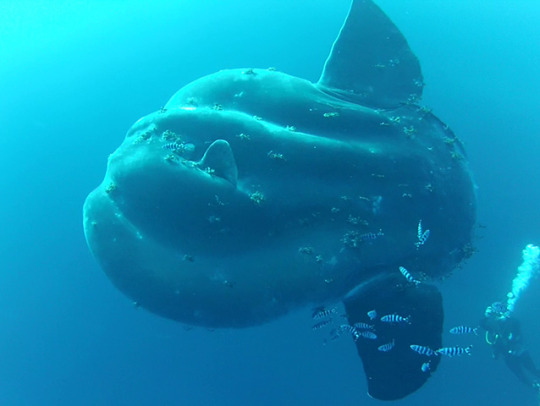
(Image: a Mola alexandrini underwater. It is distinguishable from Mola mola by the two bumps above and below its facial region, making it look lumpy. It is surrounded by striped cleaner fish. A SCUBA diver is in the background. End ID)
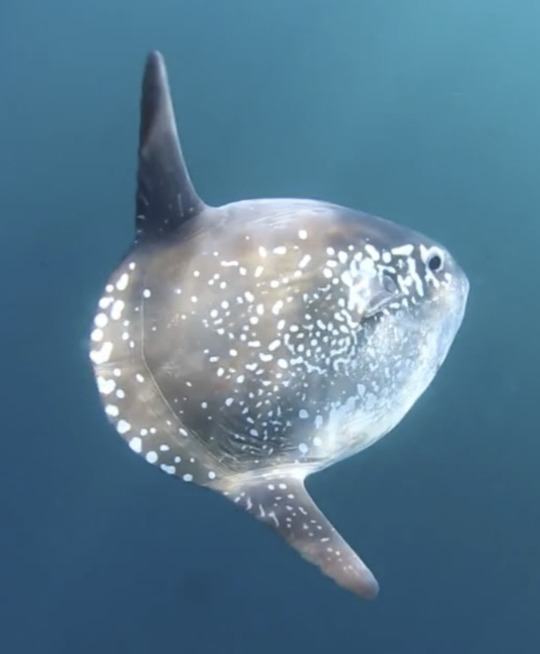
(Image: a Mola tecta seen from the side. It is smoother than the other two species. More of its body is grey with white spots. End ID)
Molas are open-ocean dwellers that live life in the slow lane. For a long time, it was believed they were moved around by ocean currents they could not swim against, making them plankton. We now know they not only can swim against the current, they are capable of bursts of speed fast enough to breach the water's surface and briefly go airborne. Sunfish are named for their habit of basking at the surface of the water. It was formerly believed they spent most of their time at the surface, but thanks to tagging, we know they make frequent dives into the deep ocean. They likely bask at the surface to warm up between dives. You may not expect something as slow as a sunfish to be a predator, but they are. Much of their diet consists of gelatinous animals including jellyfish, siphonophores, ctenophores, and salps, though they will also eat small fish, fish larvae, squids, crustaceans, and even seagrass. Because they can't chew, sunfish move prey into and out of their mouth by rapidly switching between sucking water in and spitting it out in order to shred the prey into pieces small enough to swallow. Special mucus lining the digestive system may protect the molas from the stinging tentacles of their prey. Molas and other jellyfish-eaters like the leatherback sea turtle play an important role in the ecosystem by keeping jellyfish populations down. Jellyfish are not particularly nutritious, so the sunfish need to eat a lot of them to survive, something they seem to be pretty good at. Being slow and having a very low-energy lifestyle helps the fish survive on a less-nutritious diet, making them very energy efficient. One thing molas get a lot of flack for online is having lots of parasites (with up to 40 known species). This doesn't really make sense. Every species has parasites. An animal in the wild that doesn't have parasites is vanishingly rare. Having parasites doesn't make an animal suck, it makes them ordinary. Because of their parasite load, molas are frequent visitors to cleaner fish, who will eat their parasites. Molas will also let seabirds land on them and eat their parasites while they rest on the surface. The molas attract birds by splashing at the surface. Adult molas have few natural predators, but are hunted by sharks, sea lions, and orcas. Interestingly, sea lions have been known to kill molas apparently for sport, ripping off the fins and then leaving the mola to die.

(Image: a mola seen from the front. Multiple smaller fish are picking parasites off of its skin. End ID)
Molas are broadcast spawners who release their gametes into the water alongside each other. A female mola can release 300 million eggs at a time, more than any other vertebrate. Newly hatched sunfish are 2.5 millimeters long and are often cited as having the largest discrepancy in size between juvenile and adult of any vertebrate. An adult mola can be 60 millions times the weight of a larva. The larvae look very different than adult, lacking their dorsal and anal fins but having pufferfish-like spines. Juveniles school together for protection and become solitary as they age. The diet of the fish varies as they age, with younger fish feeding more on squid, worms, crustaceans, and fish but becoming more reliant on jellyfish and other gelatinous prey as they age. We don't know the growth rate of molas, but a juvenile in the Monterey Bay Aquarium grew from 26 to 339 kg (57 to 880 lbs) in 15 months, suggesting they grow rapidly. The maximum age of molas is unknown, though individuals in captivity have lives for up to 10 years.

(Image: a mola larva. It is a brown ball with large, black eyes and no visible fins. It is covered in transparent, conical spines. End ID)
The two non-Mola sunfish are Ranzania laevis, the slender sunfish and Masturus lanceolatus, the sharptail sunfish. Both are alone in the genuses, but other species are suspected. I also found references to other species in Masturus, but could find literally no information about them other than that Masturus oxyuropterus is listed in some records. The sharptail sunfish looks very similar to Mola mola and reaches similar sizes, but its clavus has an extension that looks like a short tail. They were initially believed to be deformed molas before being recognized as a separate species. Unlike molas, sharptail sunfish are rarely seen at the surface, preferring to stay in deeper water. The slender sunfish is the smallest of the family, reaching up to a meter long. While we don't know much about them, we know their diet includes a lot of fast-moving squid, indicating they can move faster than their much larger relatives.
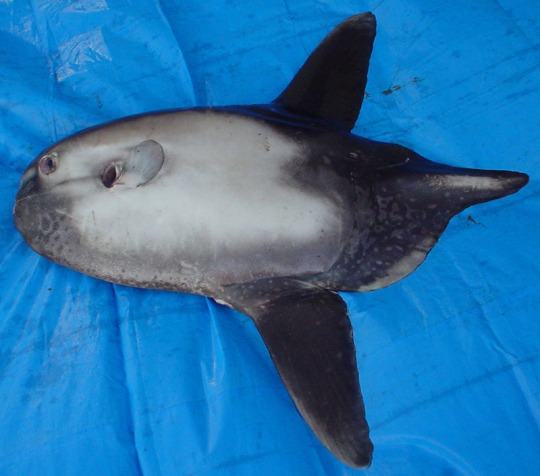
(Image: a sharptail sunfish lying on a blue tarp. It looks similar to a Mola mola , but with black clavus and fins. At the back of the clavus is a triangular extension. End ID)
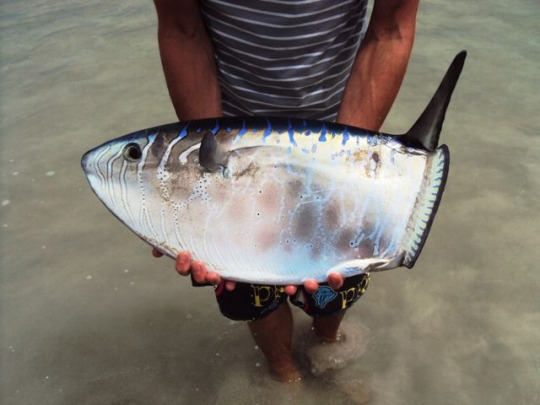
(Image: a person holding a slender sunfish. The fish is small enough to be held and has a longer and skinnier body than other sunfish. Its body is a shiny silver with blue lines. End ID)
Mola mola is classified as vulnerable by the IUCN while the other species are classed as either data deficient or least concern. Molas are vulnerable to strikes by boats and bycatch. Another danger to them is plastic bags, which can easily be ingested after being mistaken for a jellyfish. The bags can suffocate the fish or block their digestive tracts. Despite their size, molas are docile and not dangerous to humans. I found one example of a mola harming a human and it happened when the fish jumped out of the water and landed on a boat. Allegedly, some fish have learned to recognize and approach SCUBA divers. Molas are difficult to keep in captivity due to their size, the amount of space the need, and special feeding needs, so only a few aquariums have them. Molas are captured for food, with the biggest markets being in Taiwan and Japan, where they are often called mambos.
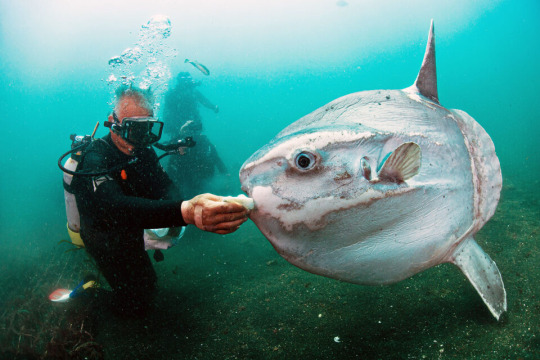
(Image: a SCUBA diver attempting to hand feed a small mola. End ID)
#wet beast wednesday#ocean sunfish#mola mola#name so nice you say it twice#countering sunfish slander#mola alexandrini#mola tecta#sharptail mola#Masturus lanceolatus#slender sunfish#Ranzania laevis#fish#fishblr#fishposting#marine biology#biology#zoology#ecology#animal facts#image described
206 notes
·
View notes
Text


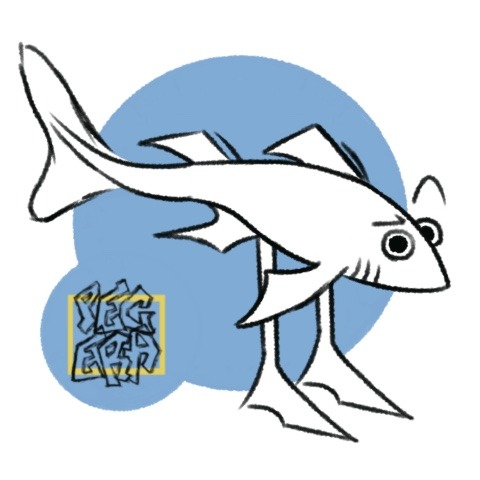
More Charlie because she is so lovely. And an old drawing of her and Emily dancing I forgot to post.
The way I draw her changed quite a bit augh.
Jury’s still out on if I’ll ever draw her with goat ears too. On one hand it’s very cute to see when other artists do it, on the other it would only make the rest of the characters lack of ears even more apparent. At least when they all don’t have ears I can close my eyes and pretend I do not see it.
#the fish is my son#if you even care#/j#digital art#hazbin hotel#hazbin art#hazbin hotel fanart#charlie morningstar#hazbin charlie#chaggie#charlie hazbin hotel#hazbin emily#emily seraphim#hazbin vaggie#mentioned not featured#sorry vaggie lovers next post#finally fishposting lets go#my art#pecera
89 notes
·
View notes
Text
BREAKING SCIENTIFIC NEWS: Marine biologists propose a new size category of plankton called "butchtoplankton" so that the femtoplankton don't feel lonely
#maddie moment#fishposting#<- yes i know plankton aren't fish that's just my general marine tag. you understand.#dyke tag
45 notes
·
View notes
Text
Is the dhmis fandom sgill alive
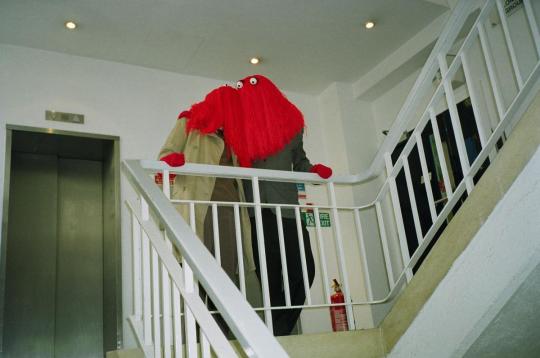
#dhmis#dont hug me im scared#red guy#yellow guy#duck#random#fishposting#tumblr fyp#send help#for you
22 notes
·
View notes
Text

have you told your local basking shark that you love them?
#kristalks#its world basking shark day today#celebrate with love and peace and joy on earth#tell everyone you know that you love them and today is basking shark day#marine#shark#basking shark#marine life#world basking shark day#ocean#ocean life#sea creatures#fishposting
115 notes
·
View notes
Text
y’know what, that’s it.
i’m spending all of next wednesday pissing off my local evil wizard so they’ll turn me into a fish
11 notes
·
View notes
Text
don’t forget to put rice vinegar (gar??? 🐟🐟🐟🐟🐟🐟🐟🐟💙💙💙💙💙🤍🤍🤍🤍🤍🤍💙💙💙💙💙🐠🐠🐠🐠🐠🐠🐠🐠🐠🐠🐠🐠🐟🐟🐟🐟🐟🐟🐟🐟🐟🐟🐟🐟🐠🐠🐠🐟🐠🐠🐟🐟🐟🐟🐟💙💙💙💙💙💙💙💙) on the shopping list
#i have spoken#listen there’s no gar emoji so i used what i have#i hope you appreciate this#im obsessed w this style of post#fish#gar#fishposting
75 notes
·
View notes
Note
Drawing suggestions? c:
.... cuddle pile of fish bois? 👉👈
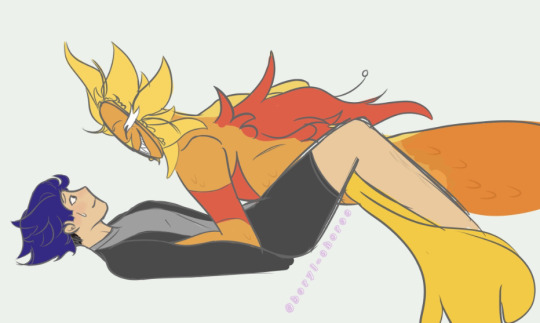
Not exactly a cuddle pile per se but it’s definitely cuddly!
#IM SO SORRY THIS ISNT WHAT YOU ASKED#I’m still trying to learn how to draw these dumdums from different perspectives#+ art block is deciding to develop at the worst time#so I’m sorry :’( your asks always make me so happy tho!#fishposting#beryl shores#fnaf mer au#mer au#dca au#dca mer au#fnaf mermaid au#dca fandom#fnaf mermay#siren!sun
50 notes
·
View notes
Note
Happy trans visibility day, bacon nation!
In honor of it, here is your fish of the day:
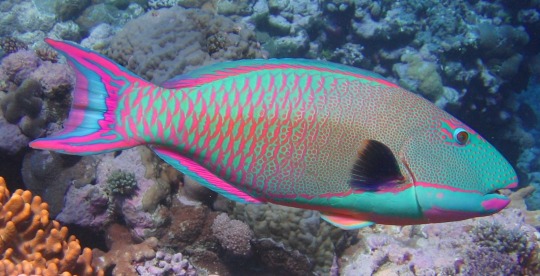
This is the bicolor parrotfish (Cetoscarus bicolor), and it is a sequential hermaphrodite, meaning it will eventually change sexes at some point in its life.
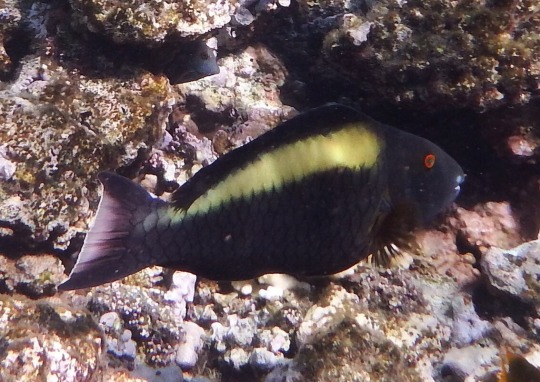
Starting as a dark brown colored female with a yellow patch on the upper parts of its body during its initial phase, and then to the colorful male we see on top during its terminal phase!
It's one out of the many parrotfishes that undergo this little change in their life cycle, with the marbled parrotfish (Leptoscarus vaigiensis) being the only one that don't 🐟
I remember this specific species well in particular because I based off a character out of it once haha.
What do we think of this fish, fellas?
BELOVE... I'M SO SORRY IT TOOK ME A DAY TO ANSWER THIS...
But oh my god....
This fish is so transgender.....
#BICOLOUR PARROTFISH YOU ARE SO COOL I LOVE YOU#can we make this fish a symbol of transness. blease. 🥺🥺🥺#AOUGH AMAZING FISH ARDEN!!!!!!#fish#fishposting#trans#transgender#transgender day of visibility#tdov#trans day of visibility#ardent arden#chris p fried answers
22 notes
·
View notes
Text
Realizing I totally forgot about sharktober - cat sharks, will get on that as soon as possible. In other news yall are making me cry with how many notes some of my drawings are getting ;-; thank you guys so much
#elasmobranch#ichthyology#marine biology#sharks#marine life#shark#fishblr#i love sharks#cartilaginous fish#bad art#sharkblr#fishposting#shark posting#I love you all ;-;#everyone is so precious to me
15 notes
·
View notes
Text
went tidepooling with a few non-marine bio people and one of them picked up a hermit crab, stood up to full height with it, and just. dropped it on the ground. like what the hell man that lil guy was just minding his own business why are you tossing him around for no reason
#the hermit crab was fine but jfc why you gotta be mean to animals for literally no reason#the crab wasnt bothering anyone it wasnt trying to bite anyone and it was just out in a tidepool minding its own business#ecology#fishposting#fishblr#marine life#marine biology#hermit crab#tide pools#tidepooling
7 notes
·
View notes
Text
the fundamental problem of marine life is that you cannot cuddle or pet them even though they are so so cute and beautiful. Plushies fix this which is why IKEA shark is beloved worldwide
#196#rule#fishposting#ikea shark#blahaj#I want an octopus to sit on my shoulder like a parrot and we’d just go through life together and they could be happy and grab things and#And it actually breaks my heart that this isn’t possible#Octopus girl shimeji simulation I wish I could be you
19 notes
·
View notes